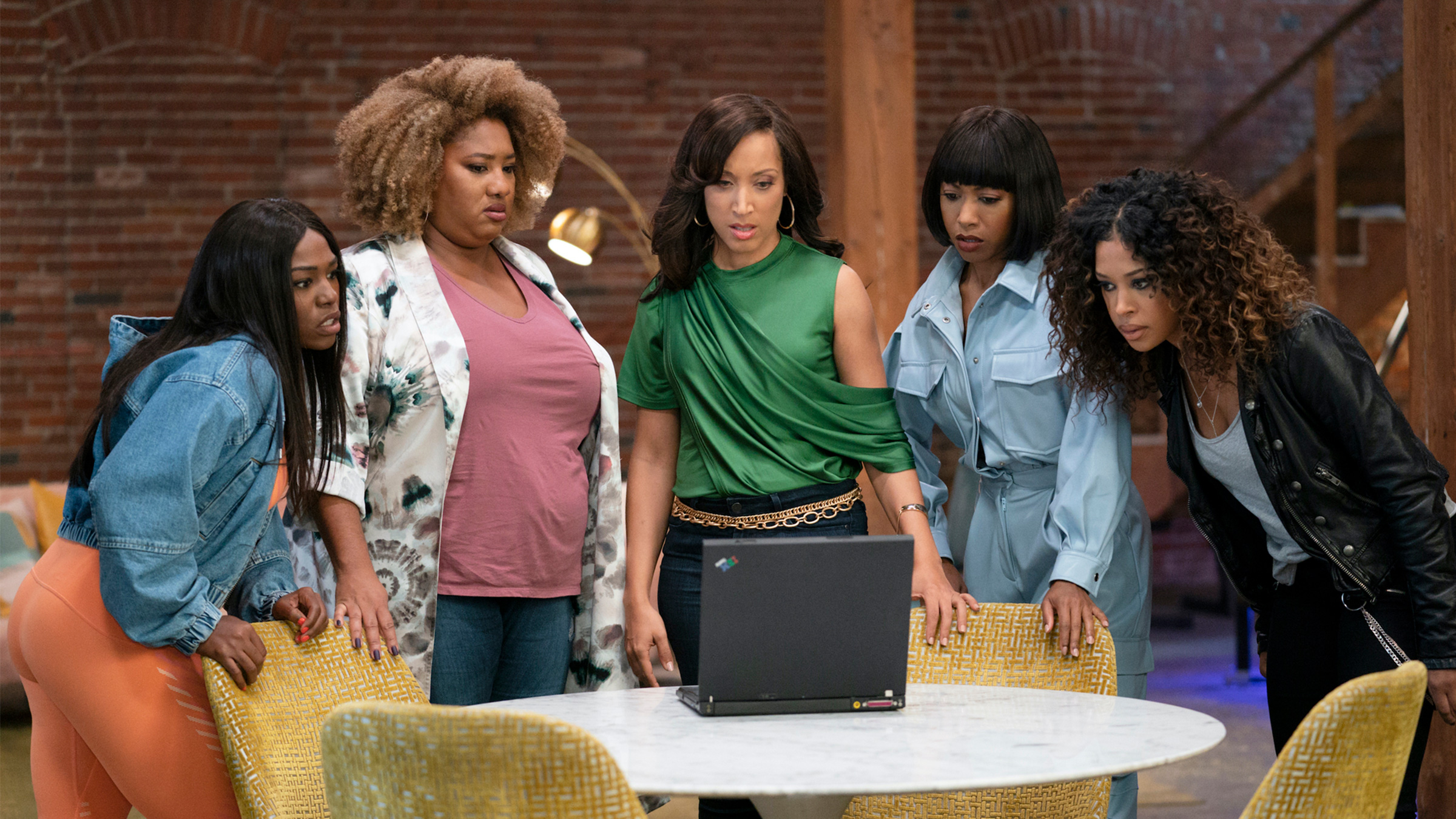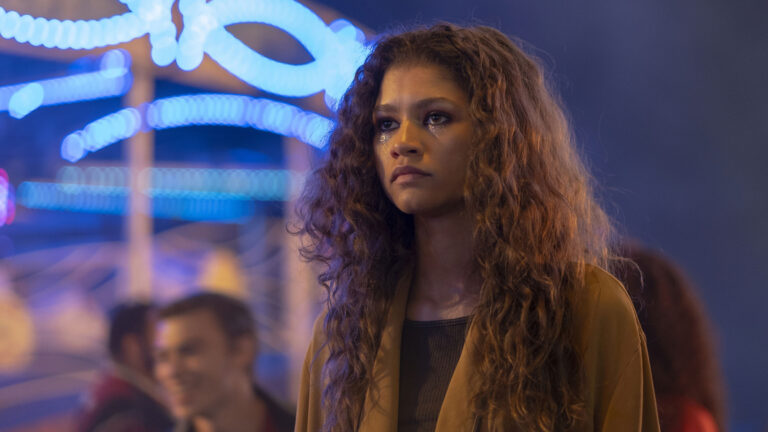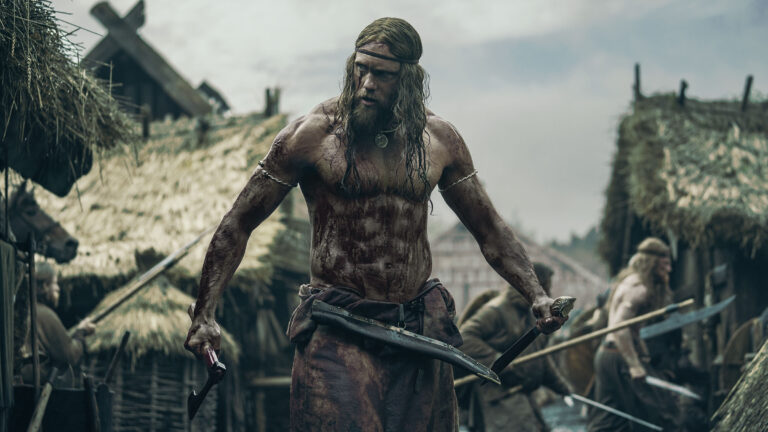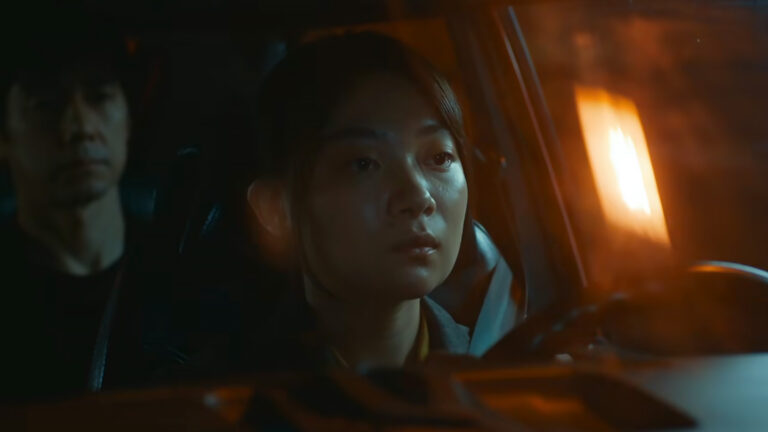HBO’s A Black Lady Sketch Show is currently fielding eight nominations in this year’s Emmy Awards and with a 100 percent fresh rating from the critics on Rotten Tomatoes it seems likely to be taking home a statuette or two this September.
One of the nominations is for Outstanding Picture Editing for Variety Programming, which is why we’re thrilled to be talking to Daysha Broadway, Stephanie Filo, and Jessica Hernández, who cut the chosen episode Sister, May I Call You Oshun?
Before #ABLSS, Daysha had a hand in a wide range of docs and episodics, including Boomerang, Surviving R. Kelly, and Total Divas. On the last two, she worked with Stephanie, who has also worked on shows including Supervillain: The Making of Tekashi 6ix9ine, Keeping Up with the Kardashians, and Lindsay Lohan’s Beach Club. And Jessica rounds out the list with experience that includes Imposters, Claws, and Mayans, MC.
Listen while you read…
HULLFISH: You guys were nominated for a specific episode; how did that get chosen? Was it by the editors or the producers? What made you think to nominate this episode in particular?
HERNÁNDEZ: I think we all agreed that it was the best episode, and I believe that the writers also submitted the exact same episode. Because they’re small shorts that are all cut together, we all end up being credited on all the episodes, which is nice for us.
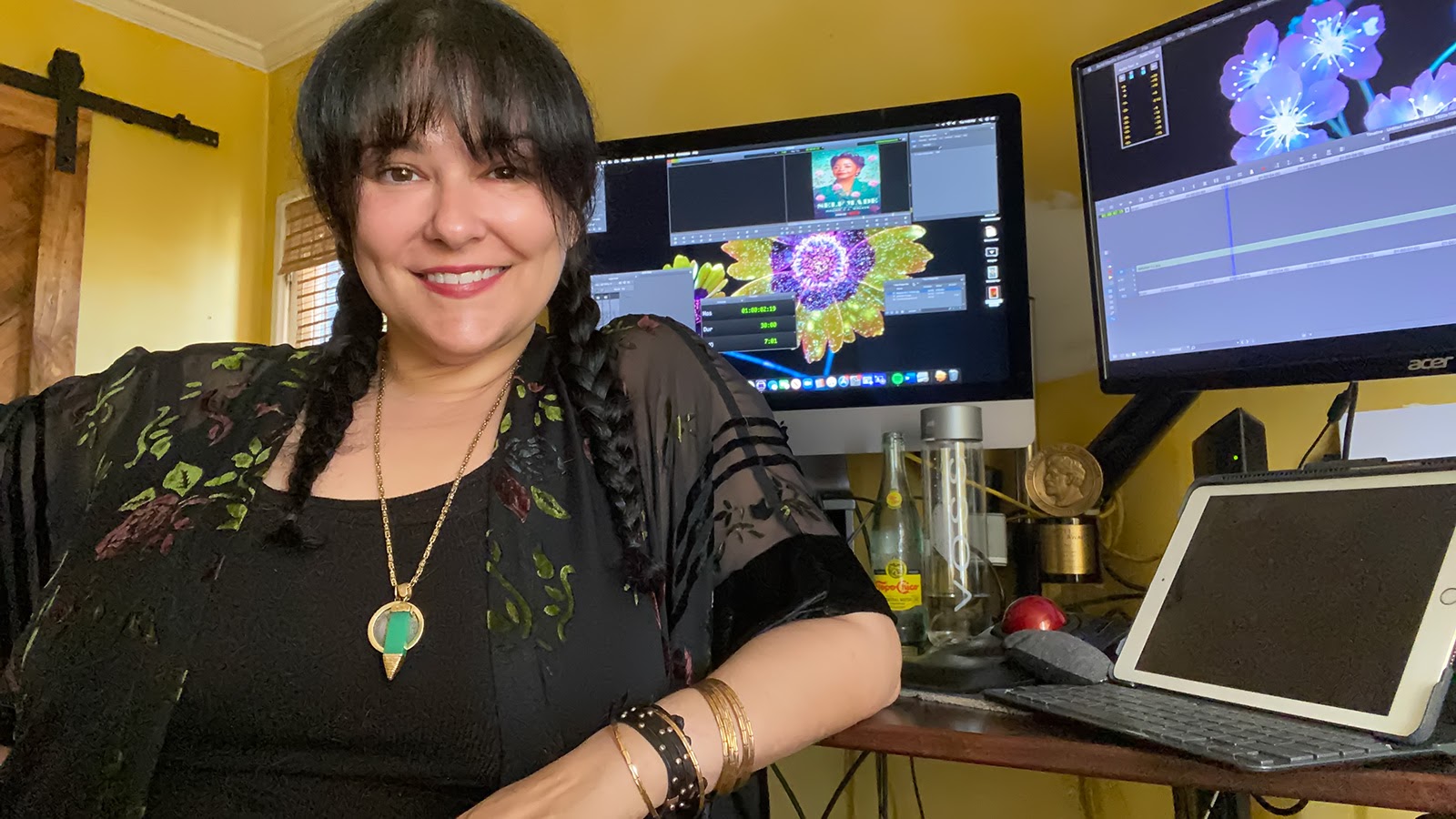
FILO: I think there was a point where we were trying to figure out which sketches were our favorites to submit and that episode just happened to have everything that we suggested.
HULLFISH: What are some Emmy-worthy things that stand out to you in other people’s edits?
HERNÁNDEZ: For me, there’s sometimes a familiarity with the people themselves, and I like them and vote for them, but I think I look for a degree of difficulty and also if I like the show. For example, I adore Ted Lasso. I’m so thrilled that they’re nominated. I think it’s a combination of voting for your favorite show and some of your favorite editors.
FILO: Sometimes the shows are so captivating when you’re sitting, watching them. I know Mare of Easttown, for example, I binged that in one day. A lot of that comes down to the editing and just how the story was put together.
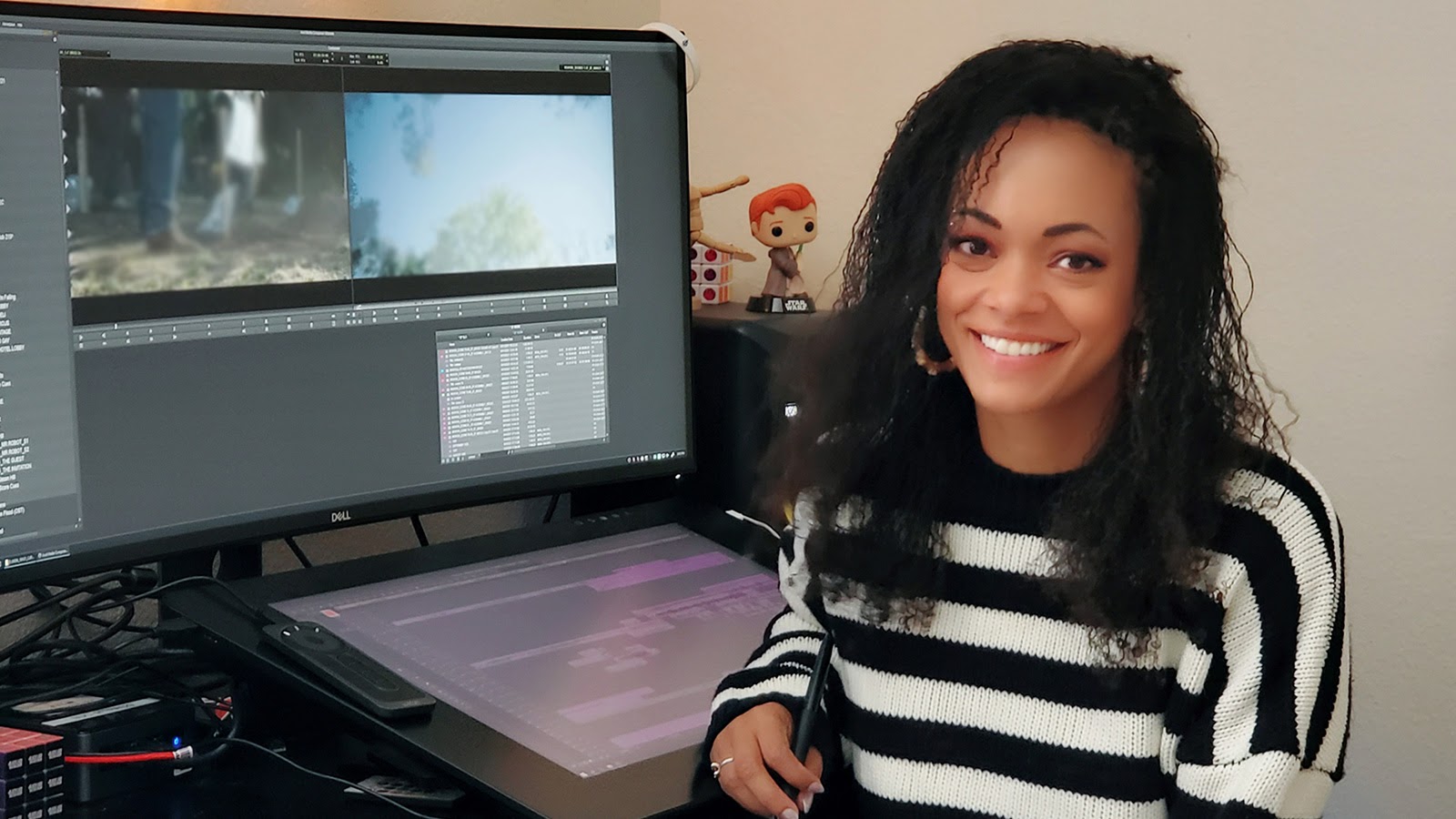
BROADWAY: Usually, the most-watched shows get nominated because everyone is obsessed with it. Some people might pull the trigger on a vote, not thinking necessarily about the category that they’re in. For me, there was a moment in the last three episodes of I May Destroy You where I walked away thinking that editing was phenomenal. I was waiting for the credits to see who did it because I liked the pacing and the emotion of the ending. There was so much good work in there that I’ve made a mental note while watching it.
HULLFISH: Tell me a little bit about how each of you got on this show?
BROADWAY: All three of us have a background in reality TV, and I think that can translate and be helpful when it comes to cutting a sketch. I remember meeting Robin and Lauren Ashley Smith, and Dime Davis in my interview and the three of us clicking right away. Knowing what we thought of the sketches and what they should feel like. I think that’s why I got hired, but I also think that it had to do with my background in reality and being able to cut something that was scripted, but it’s definitely different with the style, the improv, and having so much to choose.
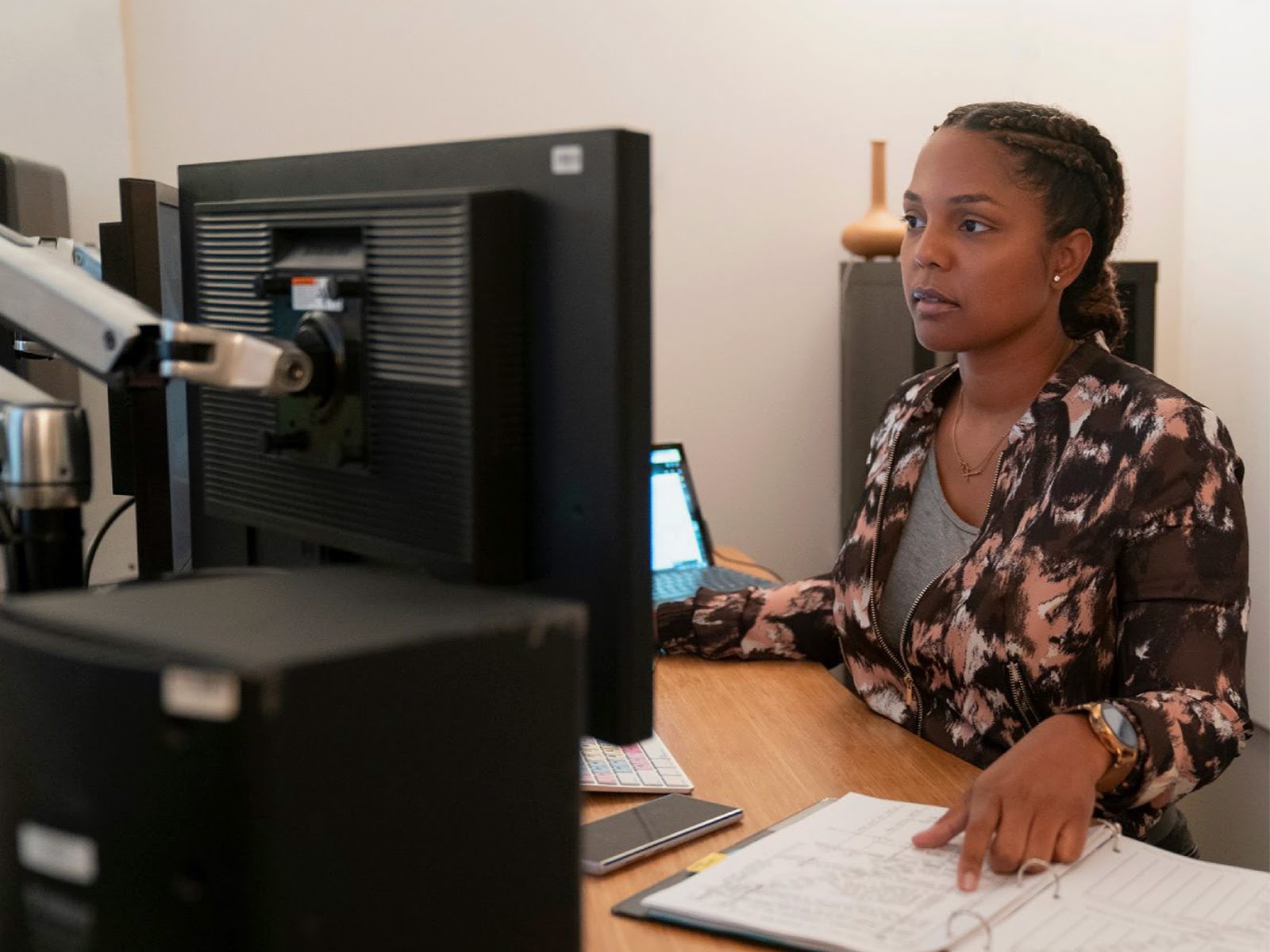
HULLFISH: What kind of notes did you talk about with the scripts that you saw during the interview process.
FILO: For me, I didn’t see a script ahead of time. Over the years, I had worked with Daysha on different projects, and we developed a working friendship, but also we’re familiar with each other’s work, and she recommended me. So going into that interview, it was mostly me trying to explain the variety of different things that I’d worked on and how this show is very much different genres in each sketch, so my history with comedy, horror and other genres could be highlighted. I think comedy is so easy to mess up, and when you’re working in reality TV, as Daysha said, you’re making stuff that doesn’t exist. A lot of times, you’re adding someone to a scene that’s not there, or you’re building a funny moment that never was intended to be funny, or you’re making a fight that never was a fight. I think that does lend itself really well to this style of show.
HERNÁNDEZ: I think Steph and I are in a similar boat since we came on in season two. Not having a script wasn’t an issue; we’ve seen season one, so we knew what the show is going to be, and I was a fan, so I could discuss what I liked about it. To Steph’s point, I could discuss my resume and bounce across the spectrum. I’ve worked in comedy, drama, horror, reality, documentary, and since all these styles are incorporated, depending on the sketches’ needs, it was a good fit.
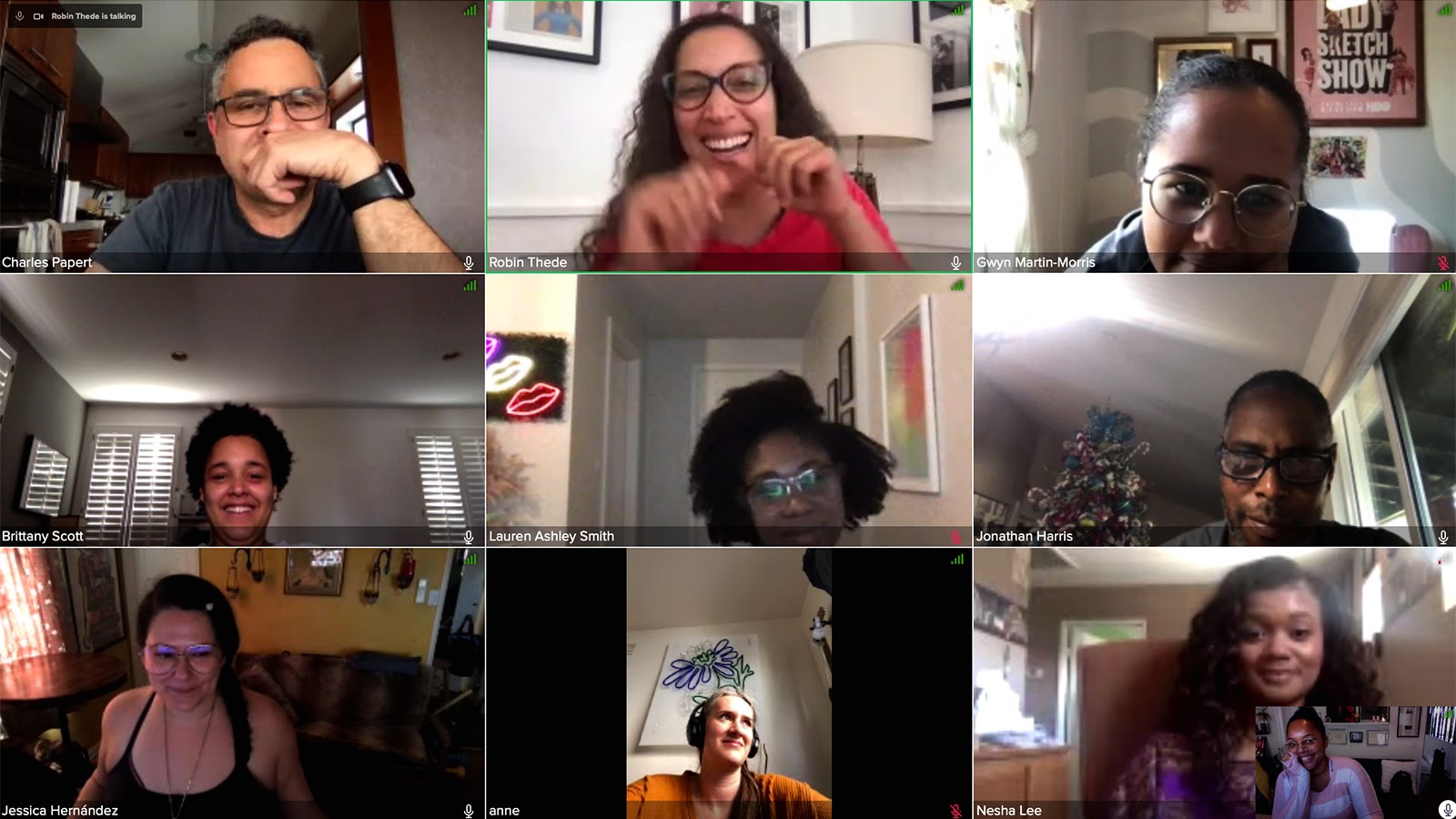
HULLFISH: What was the jump from news and documentary to comedy like? And what kind of muscles that you learned in documentary editing helped you on this show?
HERNÁNDEZ: In my case, I found you never know at any given moment what tool in your toolbox you’re going to use. For people starting out or wanting to get where we are, a lot of it came down to that I would hustle and take every job I could. Reality didn’t satisfy me creatively, so I would take these other indie gigs to help fulfill that, and it would grow my resume.
FILO: working in an unscripted world definitely gives you new ways to solve puzzles because what we’re doing is telling stories, and sometimes you don’t necessarily have the footage to tell a story a certain way, and you have to have different ways to figure out how to tell it. I did the same thing as Jessica. I spent several years working on shorts or anything that I could find, just hoping for that path where preparedness and opportunity meet, which is important because everything you work on builds your tool chest.
HULLFISH: Tell me about those choices of taking a short. Is that something that you choose yourself, or is that something that an agent guides you with?
HERNÁNDEZ: In my case, those things came way before an agent; those were things that were built to allow me to get to a place where I could get an agent.
HULLFISH: What are the values of having an agent?
HERNÁNDEZ: I don’t know, as many showrunners as they do, so there could be shows I want to get to that they can get me to in a way that I couldn’t on my own. For me, it’s a lot about the exposure they can give me to new people.
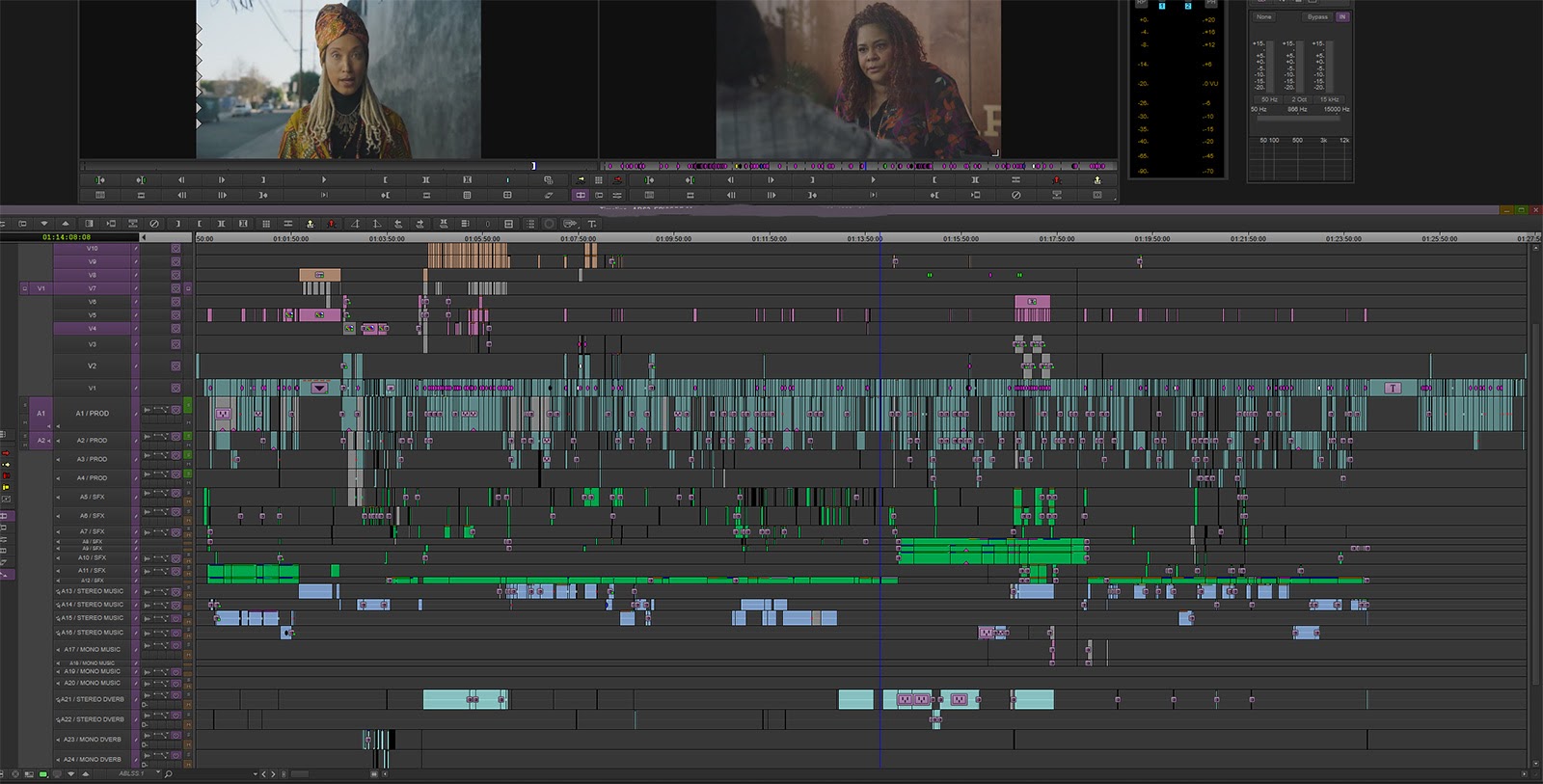
BROADWAY: It helps me to focus on work a little bit more because there are things that I don’t have to work on because I know my agent is working on it. I think when you’re really deep into a show, and you’re working 12 hour days trying to get a cut out, it’s helpful to not have to answer a thousand questions about that next project or to negotiate things. It’s definitely helpful to have someone looking out for that while you’re in the trenches of an edit.
HULLFISH: Sketches, by their nature, cover a wide range of genres. Do you ever research specific genres or material that the sketches might be doing a takeoff on?
FILO: There’s one sketch called “Last Supp-her,” which is about three ladies at the kiddie table at the actual last supper but the theme they were trying to go for was “Succession,” and I’ve never seen “Succession” and I didn’t know what that meant. So I went in and watched a couple of episodes of that to try to get the vibe. It took me a little while to figure out what the tone was for that one but definitely watching clips and episodes was helpful.
HULLFISH: How much are you guys collaborating with each other? I’m assuming that each one of you is taking a separate sketch, but then what?
HERNÁNDEZ: We would each do our sketches, and Daysha is the supervising editor, so we present them to her, and she’s really the conduit to the Executive producer, and having been there since season one, she can guide us and tell us if we are nailing it or if she thinks we’re off course.
BROADWAY: If anybody wanted to watch anything or get a second pair of eyes on it, we could just ask, and because we were in a shared project, it was easy to open up a bin, give it a quick watch and tell each other what we thought.
HULLFISH: Is the show traditionally scored?
BROADWAY: We had temp stuff that we pulled because we knew what we wanted, and then Amanda Jones, the composer, would replace them.
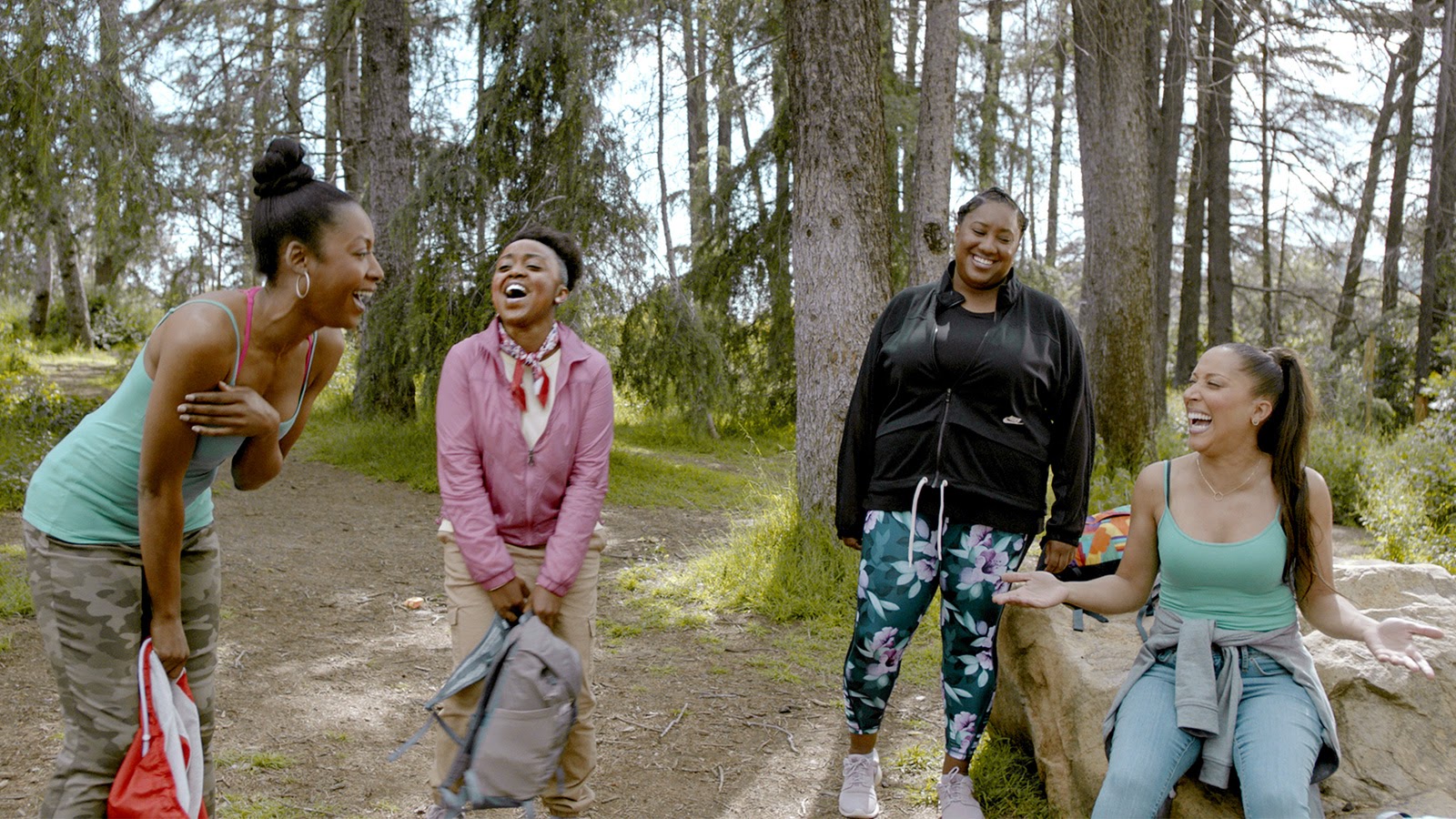
HULLFISH: How do you guys decide who cuts which sketch?
BROADWAY: It’s a free-for-all; whoever is free to grab the next one on the list. Initially, since I was the only returning editor, I could take all the sketches that came from season one, but then you look at the schedule and realize that’s not realistic and also, I wanted to see someone else’s take on some of those stories. I think it could be interesting to get a different perspective from a different editor as long as the character remained the same character, then it’s fine if someone else cuts it.
HULLFISH: With all the ad-libbing, how are you deciding what the funniest line is?
HERNÁNDEZ: Their ad-libs are very funny, and from the beginning, I would throw them in. I think that’s the same for everybody here; I didn’t feel like somebody would be concerned because you can pull them out if need be. They know what the lines are there, so show them the surprising stuff.
FILO: I always tried to figure out what the funniest iteration was, whether it’s a combination or you just throw in as much improv as you can. I think the ultimate goal is to make a cut that makes people laugh.
BROADWAY: The “Black Table Talk” sketch with Robin Thede and Gabrielle Union was probably 75 percent ad-lib. There was a script, and most of that is in there still, but there was so much that they went off of each other that we extended the credit squeeze that comes at the end of it, just to get in more of the jokes. Robin and Gabrielle are actually close friends, and so when they got on set, they were riffing off of each other back and forth. So initially, I put in as much of it as I could and then went in to cut back for time. Like Steph said, whichever one is the funniest one to me, I’ll put it in, and then I’ll let Robin tell me if I’m wrong, and she can put the right one in.
HULLFISH: How do you watch dailies? Were you able to watch every single angle, or did you put one multicam up and watch it all at once?
HERNÁNDEZ: I always watch it with all cameras running, but it’s only three cameras, so It’s not an excessive amount or anything.
FILO: Yeah, same.
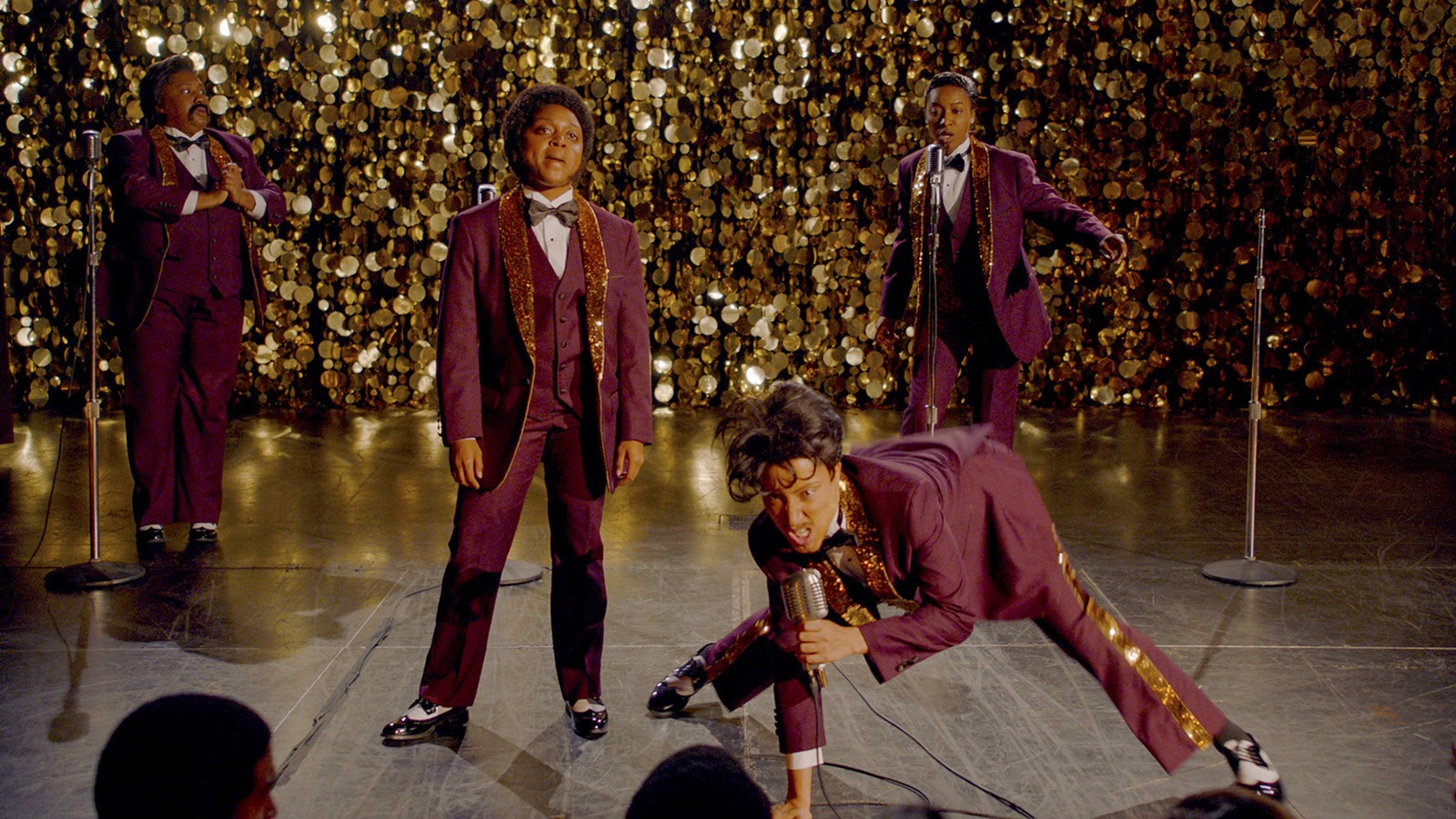
BROADWAY: I cut from the source monitor a lot more than I do, stringing things out and then editing in there. Then I mark reactions that I think are funny on each of the cameras, take them out, and put them in a bin.
Working on this show, you have to have a bin full of alts for every sketch, not only for all of the improv, but there are also random things that Robin or Lauren will remember that they will want to see, so you try to pull as many different ways to end a sketch as possible. We definitely had several endings to sketches in a bin, ready to go.
Hey, it’s on sticks; we can split her and get her out of there to save the shot.
HERNÁNDEZ: Not all producers are versed in how much you can do in editorial, so sometimes you’re presenting them with options they aren’t aware they have.
BROADWAY: Oh Yeah, in “Courtroom Kiki,” Issa Rae was constantly breaking; she just could not hold in her laughs. At least two or three shots in there, they thought we couldn’t use the shot because of it, but I said, “Hey, it’s on sticks; we can split her and get her out of there to save the shot.”
HULLFISH: Tell me about getting into this business and how you guys were able to get those first jobs?
HERNÁNDEZ: Mine was really weird. I was an assistant, and my boss got all the dailies; this was back when it was on VHS, and they didn’t like any of the trailers coming through. So I had an idea for a trailer, and I would play different VHS’s with a stereo behind me; I had no idea how to edit, but I had the hubris of not knowing any better. I told my boss I had an idea for this trailer, and they’re like, “Sure, go upstairs to the Final Cut system,” and it took me probably a month to cut something I could cut an hour now, but they liked it, and they aired it. I cut a few more, and it was at that point where I realized I think I want to go be an editor.
FILO: I actually studied journalism because there wasn’t really like a film option, but I always knew I wanted to get into film. I was a professional dancer at the time, and when I came out to LA, I just knocked on every possible door and bugged as many people as I could since I didn’t know anyone. Eventually, I was able to get a night assistant editing job.
Wow, you used to be a Denver Broncos cheerleader. Talk to me about that!
BROADWAY: My first professional gig was as a camera operator at a local TV station in San Bernardino. I was a camp counselor at my uncle’s camp, and they came to do a video about it for the news station, so I was helping the guy set up the camera, and my brother is my biggest hype man, he goes, “She wants to do this! She wants to do stuff like this!” So then I started talking to the guy and said to swing by the station sometime. That was my first real job in the industry, and I made next to nothing, but it was fun! I was like, “Oh, so this is how it is!” I didn’t get my first professional editing gig until grad school; I got an internship at Bravo Digital and turned that into a per diem thing when I graduated.
Everyone’s path is so different. Every time I talked to Stephanie, when we first worked together, I was like, “Wow, you used to be a Denver Broncos cheerleader. Talk to me about that!” I literally just applied to be an assistant editor and ended up staying at this place and cutting reality TV for damn near six years.
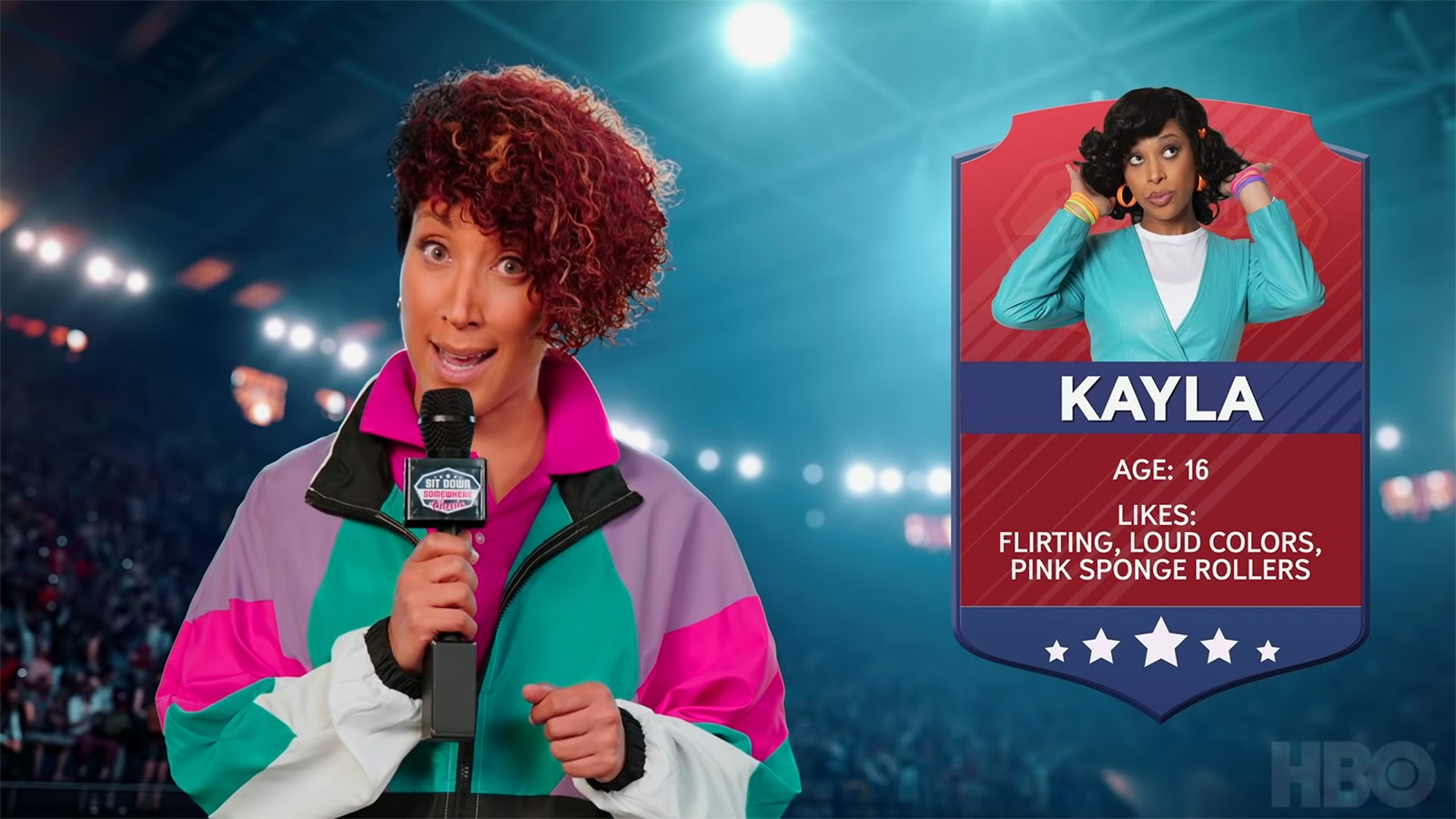
HULLFISH: Tell me a little bit about the pace of the show, and do you have to cut for time?
BROADWAY: Yes. The pace is fast. A lot of people say they have to hit pause so they don’t miss the next joke because they come at you so fast.
FILO: The Sketch “Gel it like it is,” for example, is so fast, they keep talking faster and faster as it goes, you’re in this wind tunnel, and it feels like it’s packed with joke after joke after joke.
HULLFISH: I’m still really interested in the process that you go through once you’ve got a sketch cut; what are some of the notes that you’re getting, and are they all doable?
HERNÁNDEZ: I’ve never gotten a request that I can’t do something with. They may not love it, but I’ll still be able to deliver something. I think there’s something genuine in at least attempting the note. Sometimes they just need to see it, and especially during the pandemic, they’re not in the room, so it’s their only way to interact with you.
FILO: I feel like that’s also where alts can be super handy. Trying this note might not necessarily be what people want, but maybe if I do something in the same vein as the note, it will work better. Sometimes that can sell them on it.
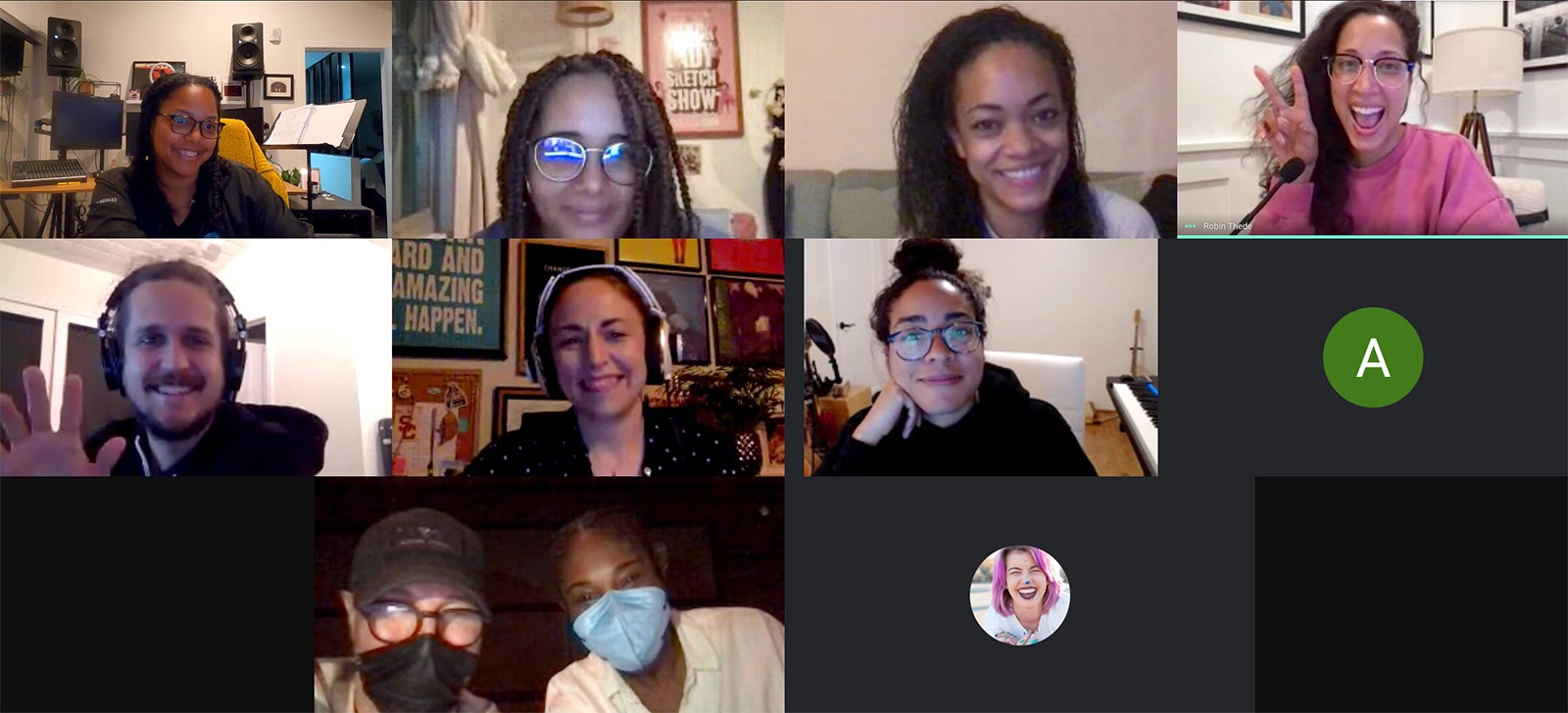
HERNÁNDEZ: Sometimes, like in TV, the director’s cut can be ignored a little bit, or they will be interested in seeing what we did, but the time you have with the director’s work is done. You’ve got four more days or whatever the amount of time is, and when you’re refining, there’s always something you find.
HULLFISH: What’s the situation with directors on the show?
BROADWAY: The directors were Brittany Scott and Lacey Duke, and they directed it in blocks. First, Lacey came in and directed her sketches, then Brittany came in to direct hers. It was split down the middle between the two of them, and we worked with them for the director’s cut, and after that, they were off to work on their next projects.
FILO: We did their director notes between each block, so after block one, while they were prepping for block two, we were working with Lacey and her notes. Then after block two, we were working with Brittany and her notes.
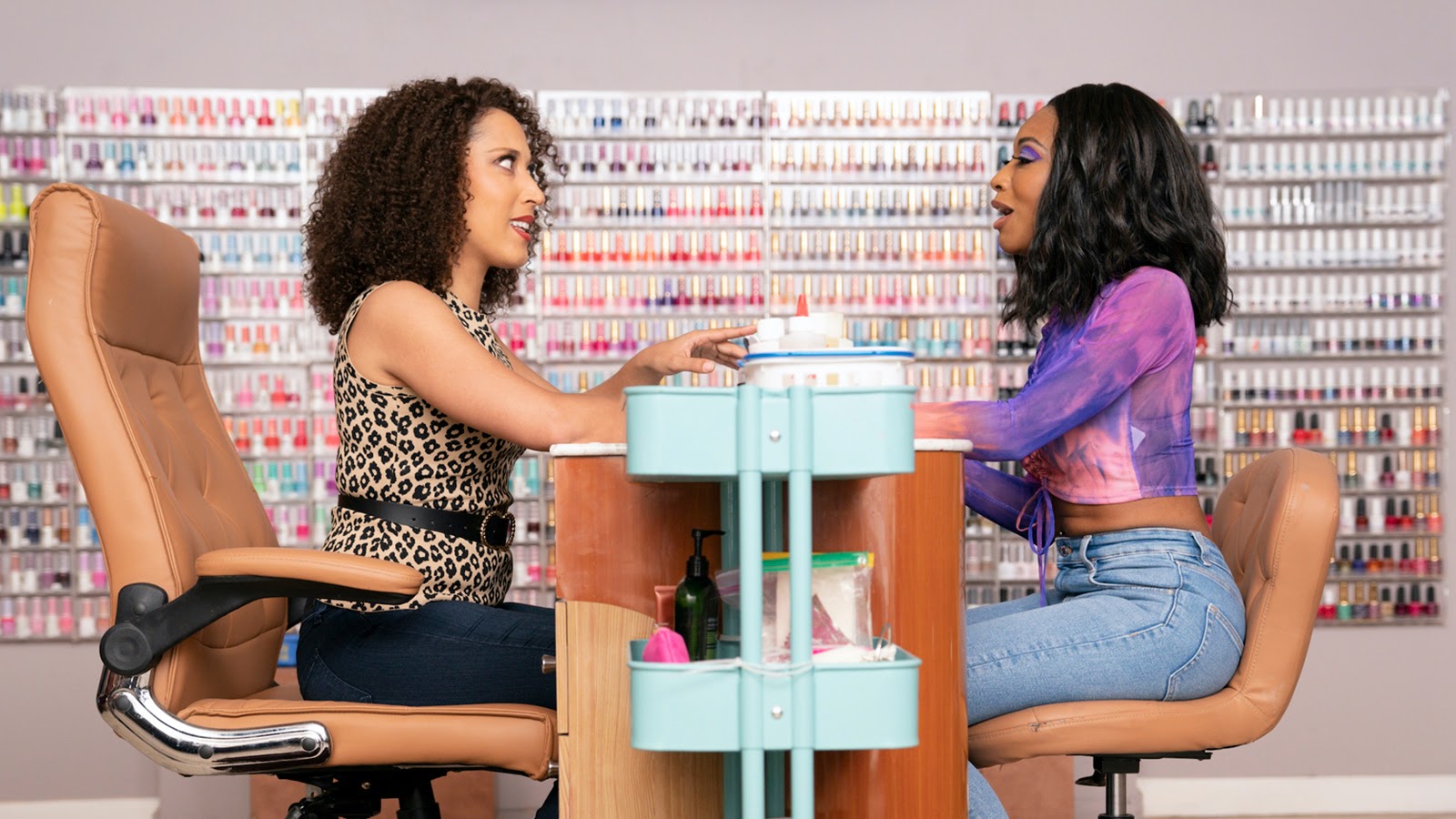
BROADWAY: The sketches are arranged into episodes far after we’ve cut them, so the editors and directors don’t even know what the episodes are going to look like. We know what the sketches are going to look like but not the actual episode. That’s what every episode says. Both of them were directing.
HULLFISH: Anything else that you ladies want to talk about? Something that I haven’t touched on?
BROADWAY: We haven’t talked about the bloopers, and I think they’re really important. They’re mostly just alt-takes, sometimes it’s a break, a lot of times its stuff we had to cut from the sketch, but we didn’t want it to die, so it’s got to live somewhere because it’s that funny? They’re called bloopers, but really they’re mostly all alternative takes we loved.
FILO: I think as we’re cutting the sketches, we sift through and make sure we have everything. But I think it’s an ongoing process.
HULLFISH: ladies, congratulations on a well-deserved Emmy nomination, and I wish you all the best of luck!

